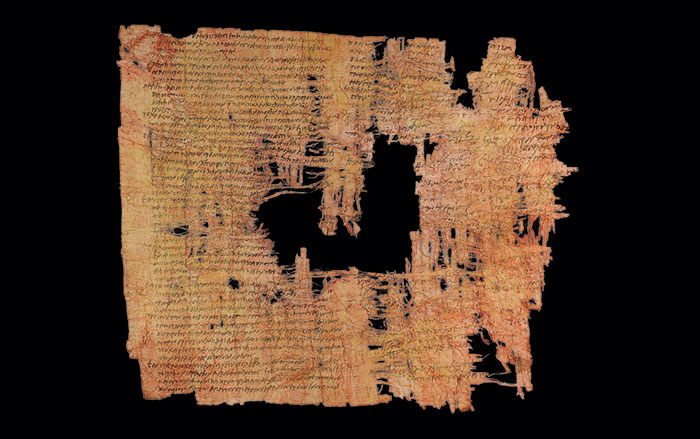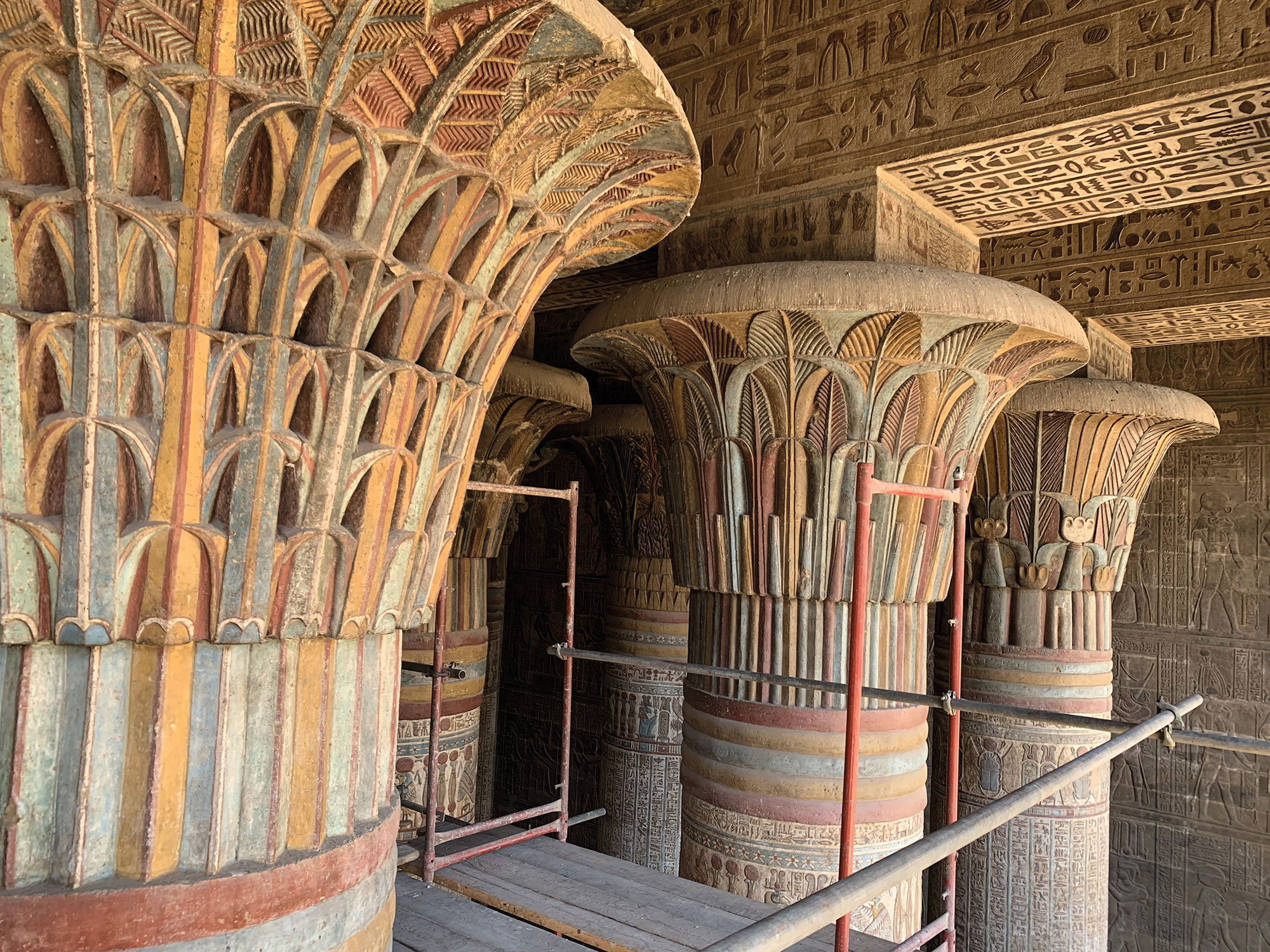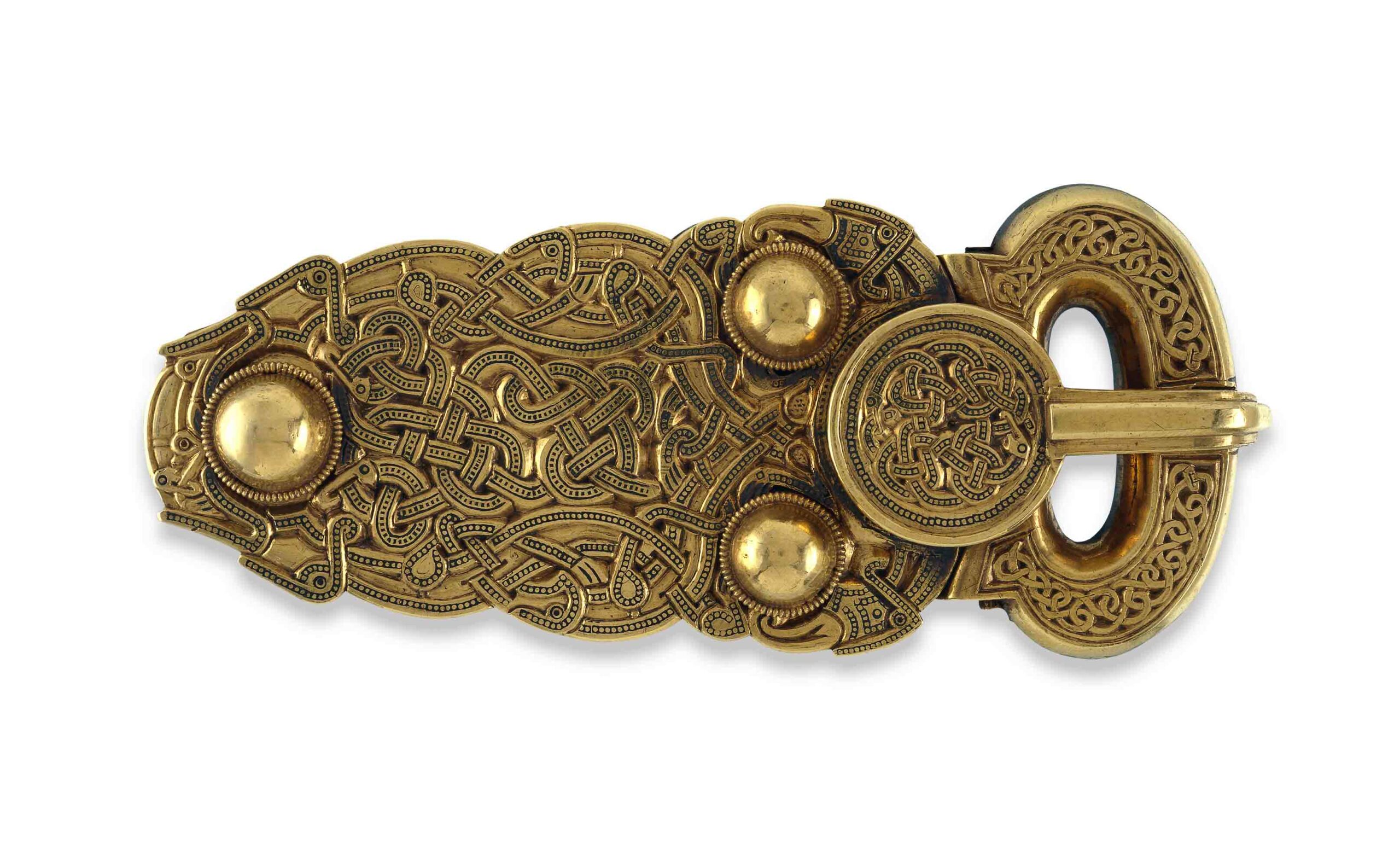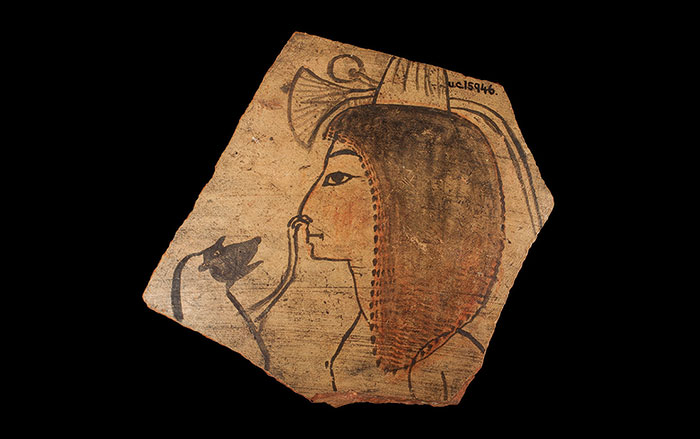
The Flavian amphitheater, better known as the Colosseum, was one of the Roman Empire’s architectural wonders, and perhaps its most infamous address. Home to gladiatorial fights, wild animal hunts, and even the occasional naval battle, the edifice hosted Rome’s greatest spectacles. With a seating capacity of up to 50,000 spectators, the arena had many as 80 arched entrances to facilitate the traffic of its large crowds. However, a recent three-week excavation conducted by Roma Tre University and the American University of Rome beneath those entryways has revealed new evidence about the time, between the ninth and fourteenth centuries, when the Colosseum was home to more ordinary Roman citizens. After the collapse of the Roman Empire, local friars who controlled the property rented out the space and transformed the Colosseum into a makeshift condominium complex. Stables, workshops, and private residences lined the communal courtyard, creating a kind of medieval bazaar where bloody contests once took place. Archaeologists have uncovered terracotta sewage pipes, cookware, and a carved ivory monkey figurine, likely used as a gaming piece. The Colosseum functioned in this capacity until 1349, when an earthquake struck Rome and rendered the building architecturally unsound.










